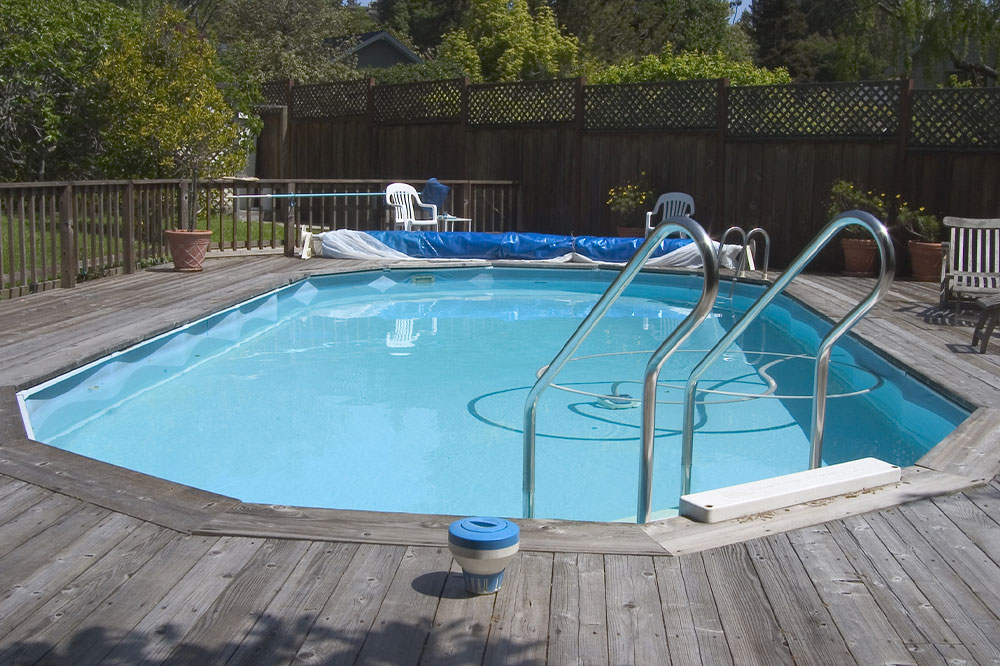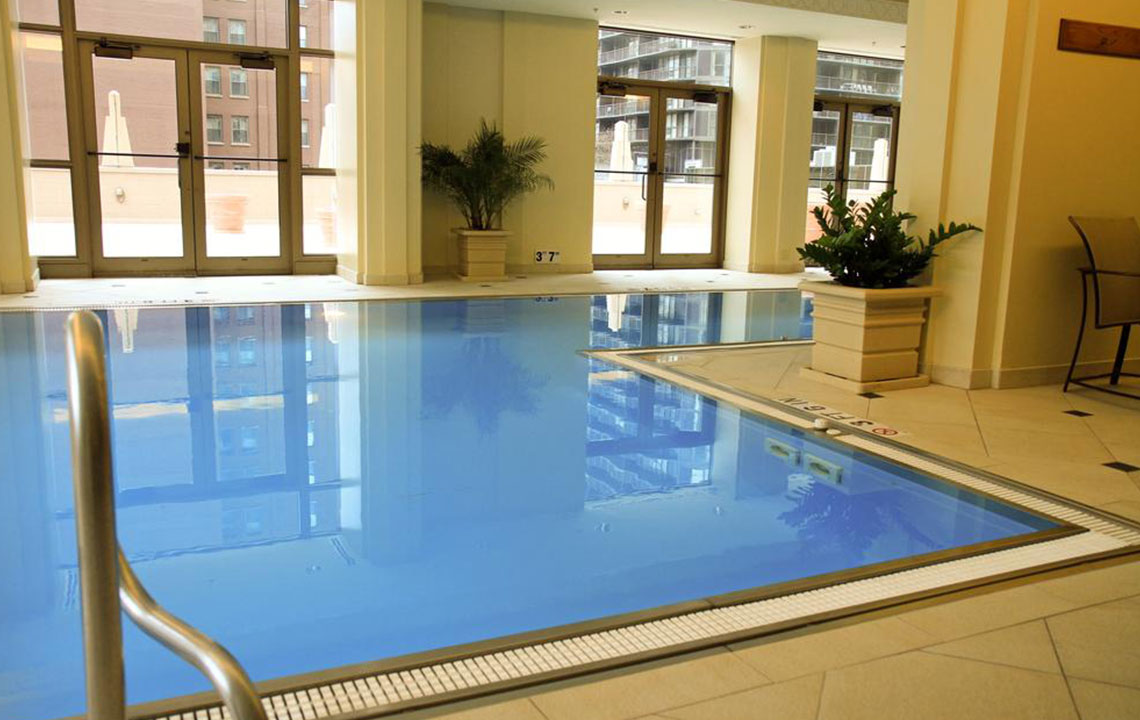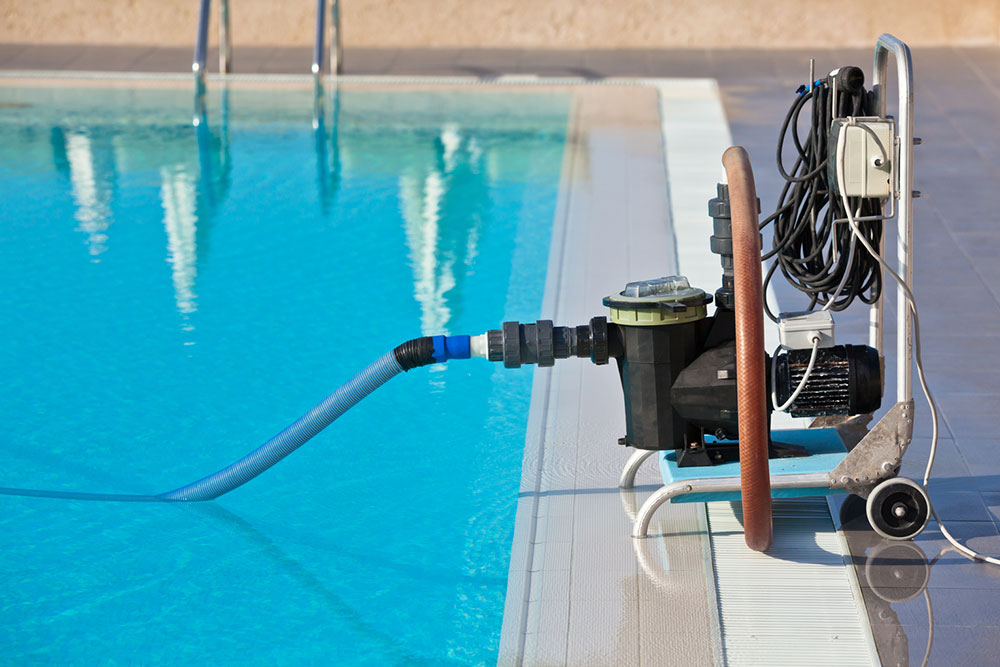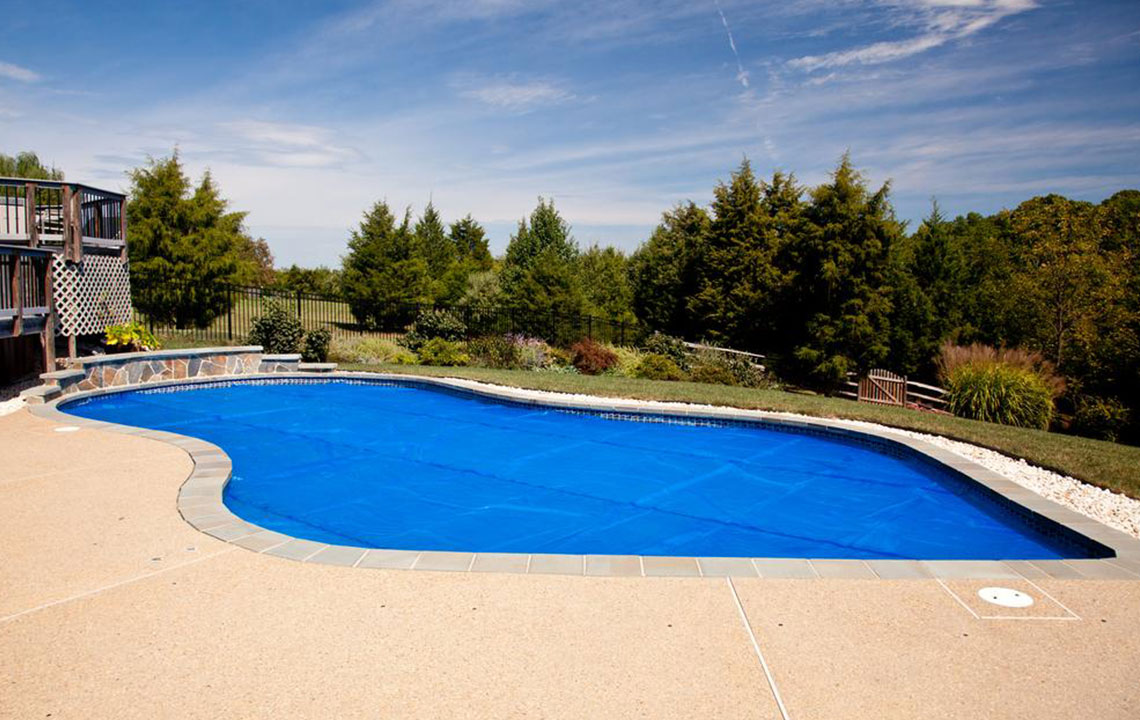Budgeting for Pool Installation and Upkeep Costs
Discover essential information about the costs to install and maintain a swimming pool. From construction expenses for in-ground and above-ground pools to monthly upkeep and repair costs, this guide helps homeowners plan their investment wisely. Learn how material choices, pool size, and location affect prices and what to expect for ongoing maintenance. Make informed decisions to enhance your property value with a durable and enjoyable pool setup that fits your budget.

Understanding the Expenses of Setting Up and Maintaining a Pool
Owning a swimming pool is a dream for many homeowners. It enhances property value, offers a cool retreat during hot months, and promotes fitness. Nonetheless, the costs involved in installing and maintaining a pool are significant. Before proceeding, it's essential to understand the financial considerations of constructing a pool on your land and the ongoing expenses for upkeep.
Pool Construction Costs
The price to build a pool can range from $1,000 to $55,000, largely influenced by the pool type. The most prevalent choices are above-ground and in-ground pools.
Inground pools typically cost around $35,000, averaging $50 to $125 per square foot. For a standard 16' x 32' pool, expect prices between $45,000 and $67,000. These pools tend to be pricier due to extensive labor requirements, comprising about 25-50% of the total cost. Material choices also influence price: vinyl liners are generally cheaper compared to concrete or fiberglass alternatives.
On the other hand, above-ground pools are more budget-friendly since they require less labor. The average cost is approximately $2,800, with typical expenses falling between $1,800 and $5,000.
For a 30-foot diameter above-ground pool, prices range from about $3,500 to $6,000. Most costs are associated with plumbing and electrical installations. Additional costs may arise if the terrain requires leveling, which can be complex and costly. Remember, these figures are estimates; actual prices depend on pool size, material, and specifications such as built-in lighting or water type. Professional installation fees can also influence overall expenses.
Monthly Maintenance Expenses
Like any household feature, pools require regular care including cleaning, chemical balancing, and repairs. Typically, maintaining a pool during active seasons costs around $180 per month. The geographic location affects maintenance frequency—hotter climates often mean longer usage and higher upkeep costs.
If the pool is indoors, maintenance is usually less expensive, ranging from $25 to $50 per hour. The type of water—saltwater vs. traditional—also impacts costs. Other factors such as pool size, debris accumulation, and materials used can increase or decrease maintenance expenses.
Cleaning and Upkeep Costs
Effective pool cleaning involves regular skimming to remove debris and testing chemical levels using simple strips. This routine helps keep water clean and balanced. While some homeowners perform these tasks themselves, professional cleaning services offer scheduled maintenance—costing around $50 monthly when no repairs are needed.
Repair and Replacement Expenses
Repairs are infrequent but essential to prevent further damage. Costs vary depending on the issue: minor fixes may cost as little as $10, while major repairs can reach $20,000. The average repair expense is about $900, covering potential issues like leaks (ranging from $10 to $3,500) and equipment replacements like filters, which can cost between $150 and $1,000 if done professionally. Other repair needs include pump motors, drains, or structural parts. Investing in quality materials may increase initial costs but benefits durability and property value.
When planning your pool project, balance cost with quality to ensure longevity, safety, and property enhancement. Proper budgeting and choosing experienced contractors will help maximize your investment.
Note:
This website offers diverse articles with practical insights. While the information is researched carefully, it should not be considered all-inclusive. Variations or inaccuracies may exist across sources. Readers are encouraged to verify details and explore additional schemes and offers that could be advantageous.










